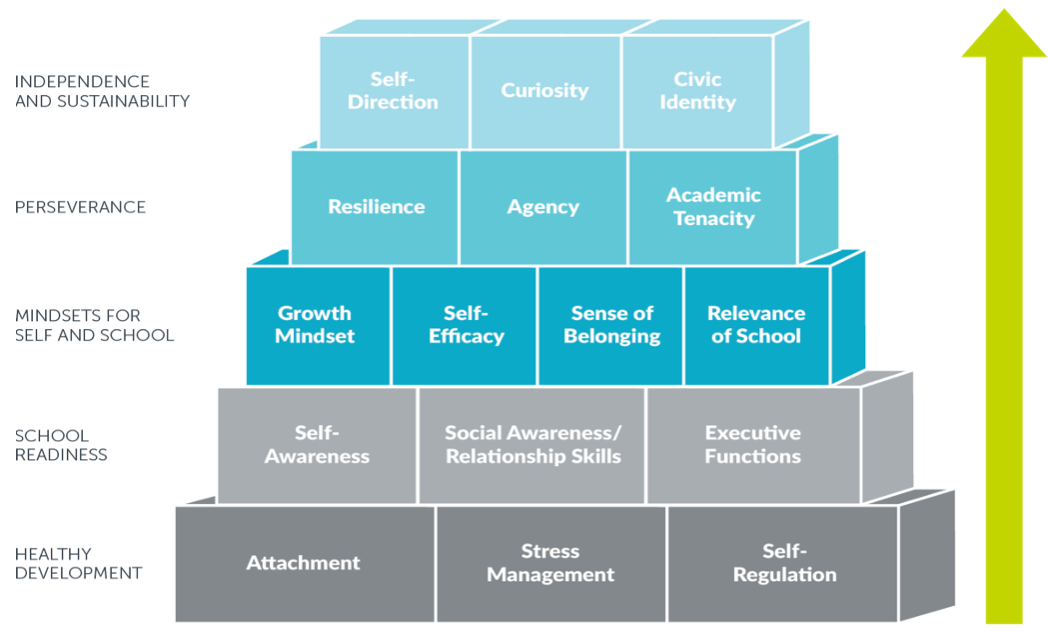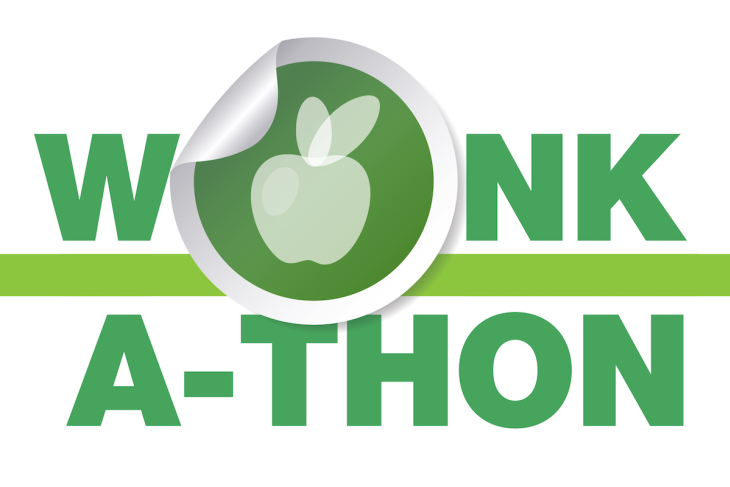The obvious but fundamental question is: Why are the students several grade levels behind? Undoubtedly, the answer is complex and will include, inter alia, insufficient preparation (student and teacher), poor teaching, poverty, inadequate foundation, behavior, and other psycho-social factors.
Clearly, there are no generic answers or panaceas to helping students who are academically deficient because, as we know, what works for one student may not necessarily work for another. However, certain basic strategies have been shown to be relatively effective on a case-by-case basis. One such strategy is a formal, thoughtful, comprehensively designed Individualized Educational Plan (IEP) that’s collectively developed and strictly adhered to by all—for the specific purpose of helping students who are several grade levels behind and in the identified deficient areas. This is not unlike the IEP written for students with disabilities, but it will be a lot more specific to the needs of the students in question. The focus here is not on disabilities, but on the analytical explanation of the learning gaps exhibited by the student followed by a precise documentation of why the gaps exist and how to close them. In other words, a complete diagnosis of each student’s learning gaps accompanied by how the student learns best. Ideally, each student should be directly involved at each stage of the decision. As envisioned, this will be time-consuming but ultimately worthwhile. The direct involvement of the student is critical to the success of this endeavor.
Stage two involves ensuring that conducive conditions prevail at school for the successful implementation of the recommendations outlined in the IEP (intensive treatment). This means at least one to three hours of extended day, of which parents are cognizant prior to student enrollment. This must be a vital part of the enrollment process. Students will spend this time with an assigned instructor in very small student-to-teacher ratios, not to exceed ten-to-one, to work on closing the learning gaps. This is intensive, after-school (extended day) work where the teacher closely monitors each student’s progress toward the target stipulated on his/her IEP. This can be categorized under the broad umbrella of homework. Studies show that students who spent time on homework assignments are on average more successful than those who do not. This proposal calls for a minimum of one hour extended time in school with a pre-assigned tutor hired specifically for this purpose that will function like homework.
Daily personalized journal writing will be an integral part of this process. Regardless of the subject in which students is behind, they must journal each day, during extended, what they are experiencing and what impact, if any, the intervention on that day has had on them. Journaling can be online or manual.
In addition to the one-on-one attention that each student receives during extended day to bridge their respective learning gaps, instructors will be responsible for providing succinct weekly report to parents, students, and school administration. Consistent, feedback with actionable information and adjustments are paramount for success.
Figure 1: Strategic framework for closing academic deficiency

It is not unreasonable to assume that many students who are several grade levels behind may also have challenges in one of four developmental and learning building blocks, as described by AS Masten; adopted with modifications by K. Brooke Stafford-Brizard.
Figure 2: Building blocks for learning

Image Source: Stafford-Brizard, K.B. (2016). Building blocks for learning: A framework for comprehensive student development. Turnaround for Children.
Building on previous research by AS Masten, Carol S. Dweck, Gregory M. Walton, and Geoffrey L. Cohen, K. Brooke Stafford-Brizard surmises that the stronger the Building Blocks for Learning (BBL) as displayed in the pyramidal continuum above, the better the learning. The successful engagement of the learner at school and home depends extensively on healthy relationships formed at home and school, as well as the existence of “critical skills for learning.” With decades of practice in the K–12 environment, I’m convinced about the truthfulness in this statement. Learning gaps happen because there are gaps in one form or the other, in any one or combination of factors, in the above continuum on the part of the learner. Meaningful bridging of the gap requires a thorough examination of both the hidden and not-so-obvious origins of the gap. This is the main rationale for the IEP/extended day/journaling/feedback strategic framework.
We must also address the role of non-academic factors in each students’ academic deficiencies. What role do non-academic factors play in the fact that students are several grade levels behind, and how can the school realistically address/resolve this challenge? This will invariably entail constant communication with both students and parents to continuously address and support the students’ academic and/or emotional needs as they navigate the correction of deficiencies in the extended day program at school.
A critical foundational component for learning is Secure Attachment (SA) to parents (or a positive adult figure in the child’s life, preferably at school). Studies show that SA fosters the emotional regulation needed for self-/social-awareness and executive functioning that allow the child to develop healthy relationships with others, as well as with school fostering perseverance and academic tenacity needed for individual self-direction, independence, and civic identity.
Figure 3: Model showing links between secure attachment to parents and academic achievement

Image Source: Bergin, C. & Bergin, D. (2009). Attachment in the classroom. Educational Psychology Review.
The essence of the IEP/extended day/journaling/feedback strategic framework for helping students close academic deficiencies should remain consistent across subject areas and grade levels, though schools and instructors can tailor it to fit their needs. Sustaining effective communication between parties will involve the use of emails, text, and google classroom—at a minimum. Reaching proficiency is ultimately a function of the coalescing of numerous factors at the center of which is the students and their families. Misalignment or dysfunction in the consistent functioning of these elements can lead to interruptions in student learning. The severity of such disturbance can extend the length of time for a student to attain proficiency even with institutional intervention.


